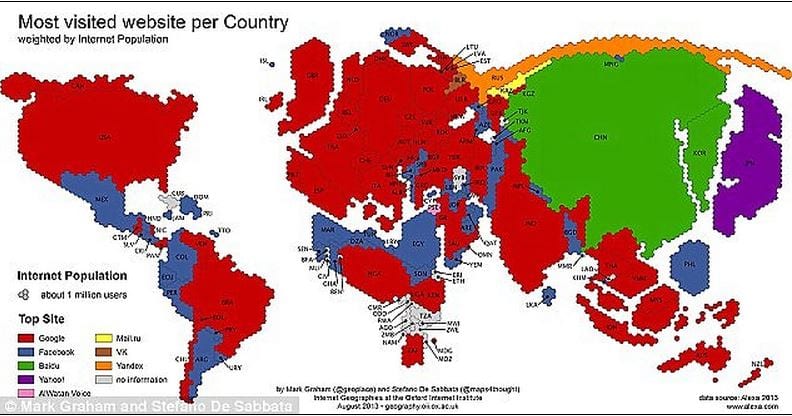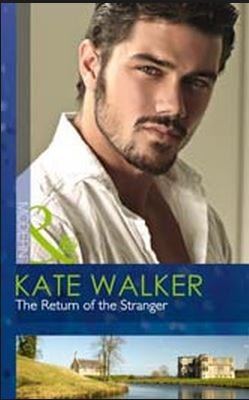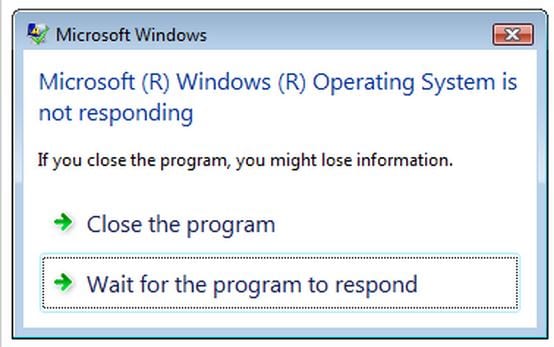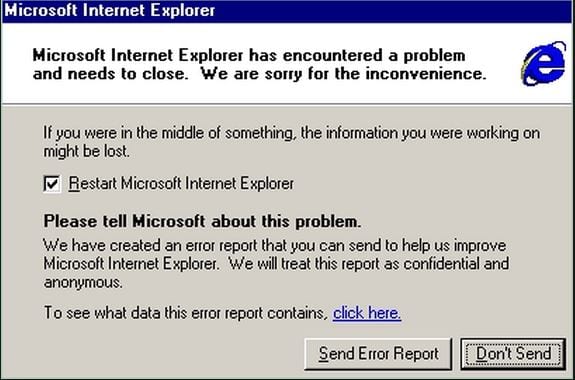As the TELEDA Induction period comes to a close, the discussion forum is feeling the linear stretch. Participation has been high. It’s a long way to scroll down on a single thread. Future discussions will use different techniques but colleagues don’t know this yet. One of the intentions of TELEDA is to explore Blackboard; not only the hardware itself but the ways it’s used by colleagues on the course. There is no one size fits all model. We are as different online as we are off it. The aim of TELEDA is enhancing teaching and learning – like the old TQEF mantra for those who remember the days of the Best Practice Office – but it’s not without risk. New course nerves are high. I know what lies ahead but colleagues don’t. I know the different effects the learning blocks aim to achieve and how activities are structured to demonstrate poor practice as much as good – we learn as much from errors as successes – don’t we? 🙂 but at the moment no one else knows this. There’s always the risk of the risky going wrong.
The pressure for retention and completion on blended and distance courses is high. In spite of elearning’s failure to live up to its rhetoric, the echo of the promise remains. MOOC are creating renewed interest in blended and distance delivery but e-paths are strewn with lost intentions. ppt and doc files don’t constitute motivation and excitement. T&L can be difficult to achieve face to face – online they’re ten times harder. Blackboard can’t smile or be empathetic. The human aspect of teaching and learning is seriously challenged by digital technology.
I hope TELEDA – with its stress on experiential learning – shows what it’s like to be a distant student with all the work overload, competing priorities and inevitable technology blips (these are not intentional I promise!) I hope the potential for loneliness and frustration is balanced by an eclectic mix of resources and the sharing of practice through discussions and activities. I look forward to seeing how the interaction on the first learning block develops. One thing I’ve learned about having your own programme is you can’t see it for the first time. Like missing your typos when someone else spots them immediately. Writing online resources is like authoring a paper or a poem. You reach the point where you have to let go.
TELEDA is an exercise in the pedagogy of uncertainty. I can’t predict participation or responses to my methodology. Staying out of the online introductions was deliberate. I worried it looked like I was ignoring everyone when in reality I’ve read every post and journal and found it hard not to respond to the funny, relevant and thought provoking comments. What will colleagues do in their own practice? Will they join in the initial introductions or stay away? What was it like to go into an online discussion for the first time? How can you design for students unless you can walk in their shoes?
On the cusp between Induction and Learning Block One I’m holding my breath, looking forward to summarising the induction discussions, commenting on reflective journals and getting in there. This is TELEDA on Blackboard. An experiment in teacher education. An idea which, with the help of PGCE tutor and colleagues, grew into a pilot and is now standing on its own digital feet, raring to go.








